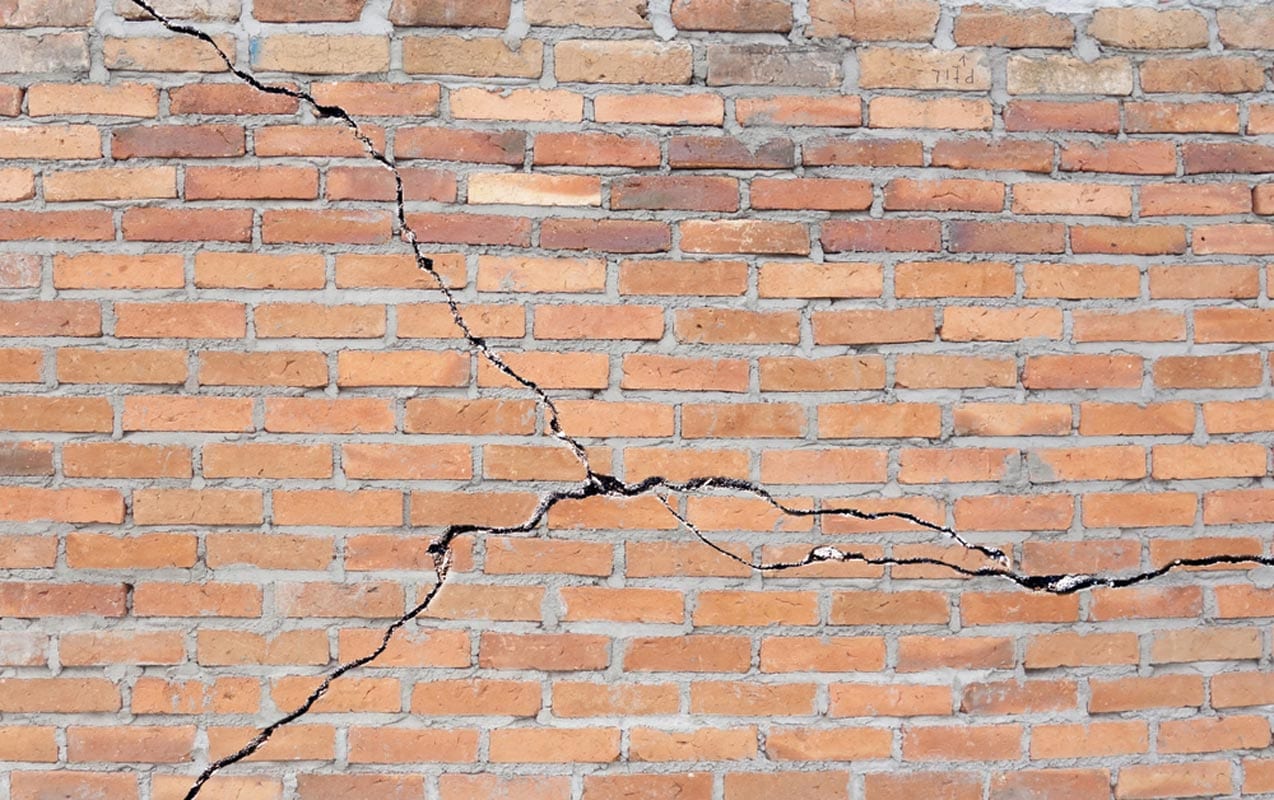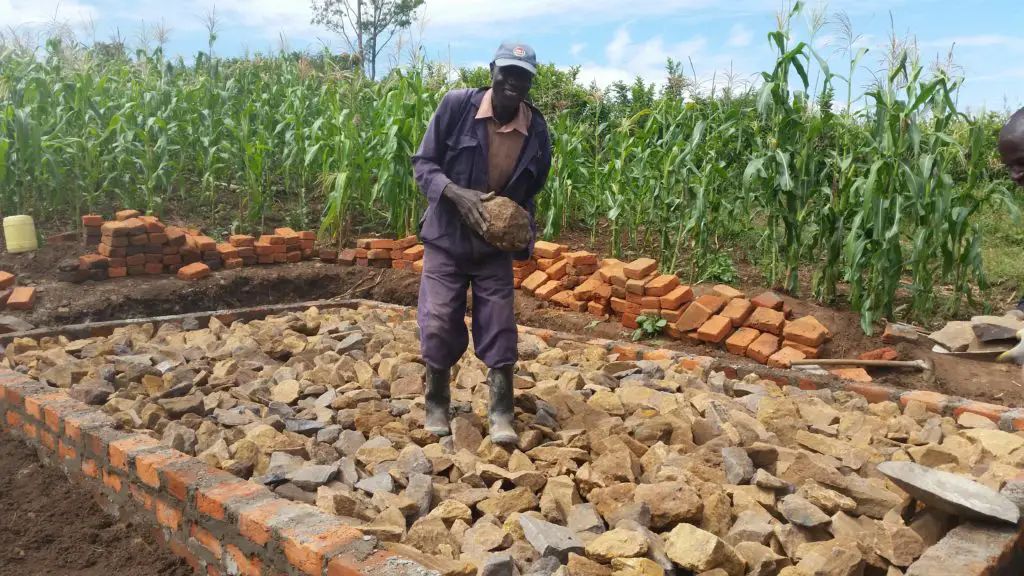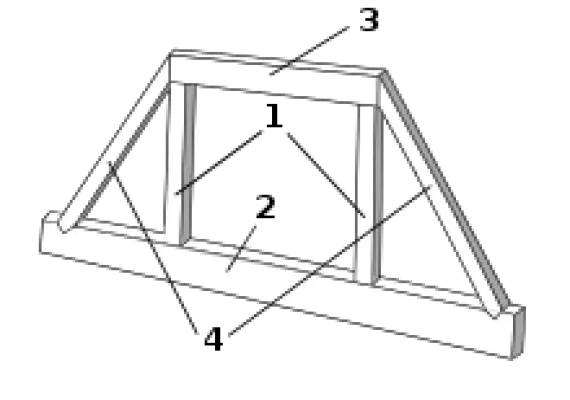Definition of Foundation Settlement & Common Causes of Foundation Settlement
What is Foundation Settlement?
The settlement of the foundation soil is a vertical displacement of the soil surface caused by the building’s workload.
Foundation settlement happens when soil moves below the stricture or the home. When the soil is no longer able to bear the weight of the structure above it, it will heave and cause movement in your foundation.
When the soil moves, voids and air pockets are formed. These voids cannot support the total weight of the foundation walls and structure itself; therefore, they will start to crack and shift downward or settle into those voids.
The question is whether this soil shifts evenly underneath your home or not will dictate how much damage your house will incur.
Fortunately, foundation settlement is easy to identify before the damage worsens with time, as the telltale sign of a settlement issue is vertical or stair-step wall cracks.
Common Causes of Foundation Settlement
The balance of a house structure directly depends on the stability of the soil underneath it. Sadly, the soil on which the structure is constructed isn’t continually stable. When the soil starts to evolve and shift, a structure’s foundation can become compromised.
Though many factors can contribute to a moving foundation, the most common of these factors are risky soils (in particular clay soil), negative drainage and plumbing leaks, terrible grading or compaction, and tree roots.
Weak bearing soil
Clay rich soils may be correct for warm peppers and peanuts, but they may be very negative to foundations. Clay soils contract and expands while the moisture changes. Homeowners may also find that cracks in the house become more prominent before or after it rains or when the weather changes.
This is because this type of soil expands and contracts as moisture is absorbed or evaporated. When the soil around a structure becomes saturated with water, the clay expands and loses density. When the water evaporates, the clay turns hard and dense once more.
Compounding the problem is the fact that soils do not lose moisture slowly. If one location of the soil beneath a structure’s foundation will become oversaturated with water and some other portion is much less saturated, the water saturation beneath a structure can evaporate inconsistently.
The oversaturated soil loses density and cannot support the pressure of a foundation. This unstable soil is the number one reason for foundation settlement.
Poor Drainage Condition
Additionally, bad drainage conditions around the building can purpose over-saturation of soil. Many homeowners have attempted to deal with the problem of stagnant water around their houses. Such things as French drains and water run-off structures can be extremely helpful.
However, once in a while, these drainage systems are just not enough to save you foundation damage. Once water issues bring on damage for your foundation, drainage systems will not prevent additional harm.
Plumbing Leaks
Another drainage issue is plumbing leaks under a building, which are often unnoticed. These leaks don’t just occur in a crawl space (where a plumber or aircon technician may locate them); they occur under the ground.
Those leaks are most commonly noticed by homeowners who spot random puddles of water around their home, particularly at some point in a dry weather time. These leaks not only cost cash for plumbing repairs; they can also erode the soil around a foundation and cause long time issues.
Poorly compacted soil
As many coastal residents recognize, traditionally, coastal towns had been built crammed inland. Back-stuffed regions aren’t unusual. However, whilst the stuffed inland has been improperly compacted, foundation problems can arise. Back-filled soils aren’t necessarily unstable.
When compacted improperly, however, these soils can turn out to be loose and unstable. There are times when new house owners can hold their developers accountable. And there are a few insurance regulations that cover foundation damage. However, foundation damage still needs to be addressed.
Mature trees with roots and other vegetation
Finally, trees or shrubs with increasing roots can absorb water from the soil around a house. They also can produce roots to develop into a home’s foundation and causes harm.
While a few shrubs and bushes can grow roots into the foundation, it’s more generally discovered that shallow roots consume water from the soil around the house. This provides choppy water saturation inside the floor surrounding your own home.


